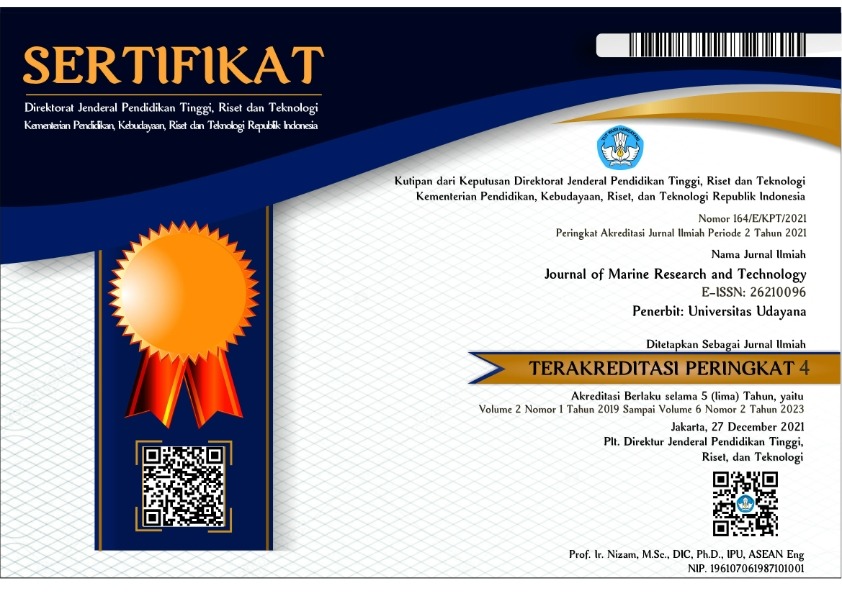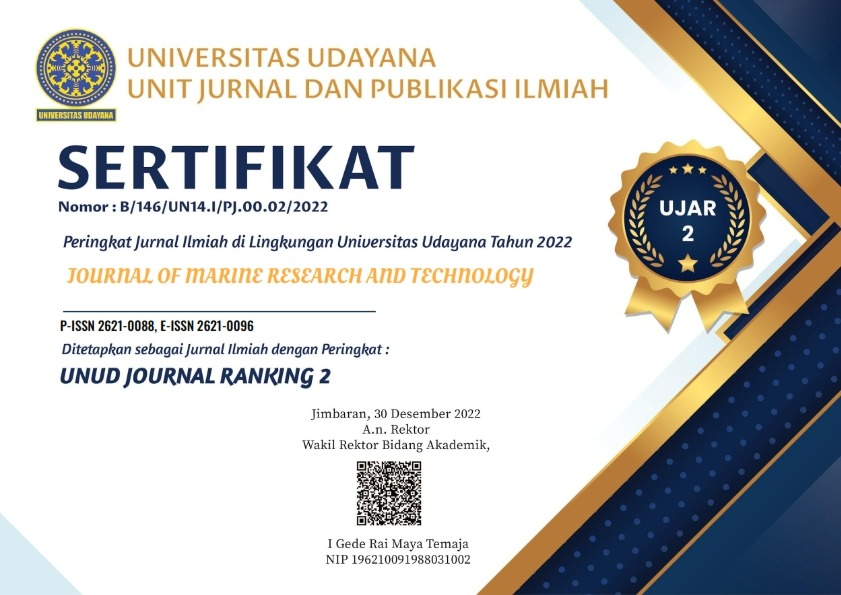Peer Review Process
The acceptance of a manuscript implies that it has been reviewed and recommended by at least two reviewers, one of whom is usually on the Editorial Advisory Board. Authors will generally be notified of acceptance, rejection, or need for revision within 2 to 3 months of receipt. Manuscript is rejected, if the content is not in line with the journal scope, does not meet the ethical standards (i.e. false authorship, plagiarism, duplicate publication, fabrication of data and citation manipulation), does not meet the required quality, written in inappropriate format, has incorrect grammar, or ignores correspondence in three months. Manuscripts can also be rejected if there are two reviewers who gave a negative note. The primary criteria for publication are scientific quality and biological or natural conservation significance. The accepted papers will be published in a chronological order.
Blind reviewing will be applied and at least two reviewers will be assigned for each submitted paper. Author(s) are allowed to propose appropriate reviewers by providing their names and email addresses, but the decision remains in the hand of editor. Authors are suggested to use plagiarism detection software to check similarity of the manuscript. This similarity checking and screening is conducted using Turnitin. Decision will be made based on the level of similarities with other articles. The editor will decide on either immediately reject the manuscripts, contact authors for further clarifications, or to proceed to the peer-review process. Final decision is made by editor and editorial board.
Uncorrected proofs will be sent to the corresponding author as .doc or .rtf files for checking and correcting of typographical errors. To avoid delay in publication, corrected proofs should be returned within 7 days. The accepted papers will be published online in February or August.





